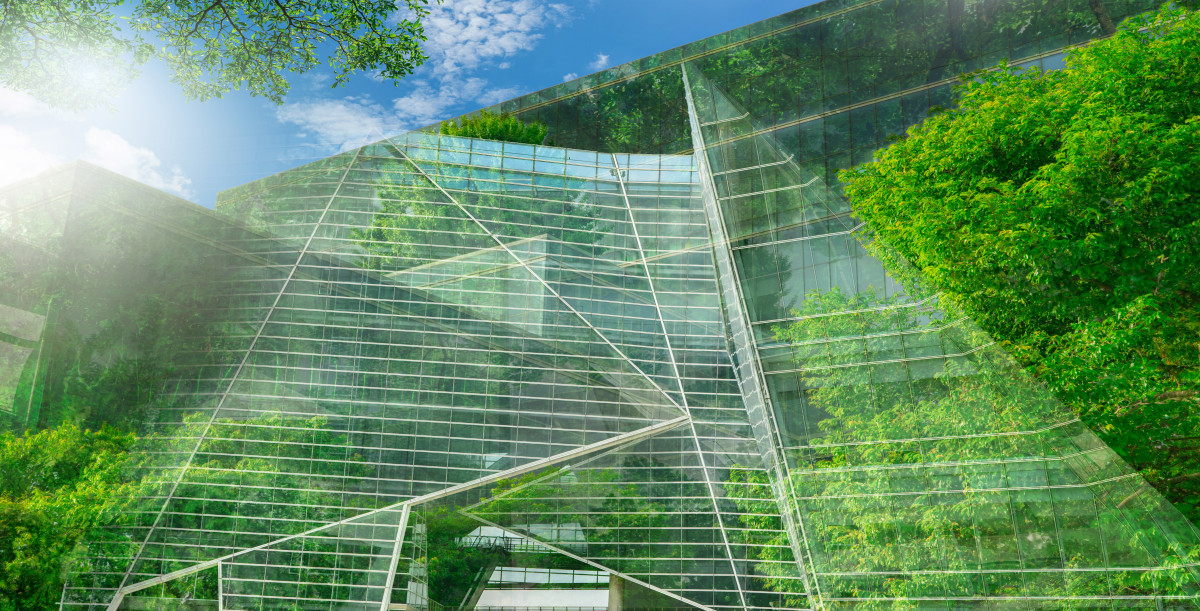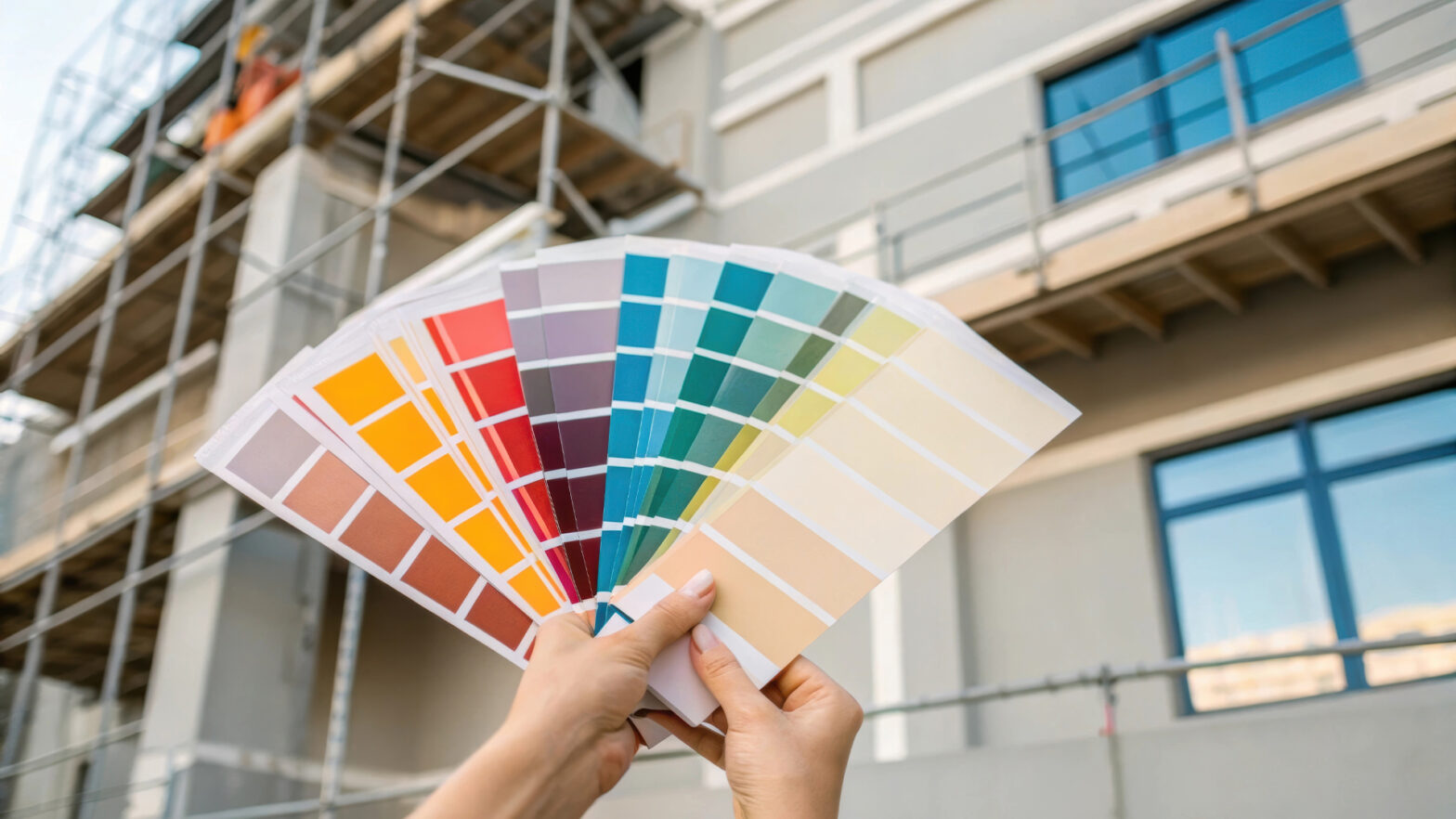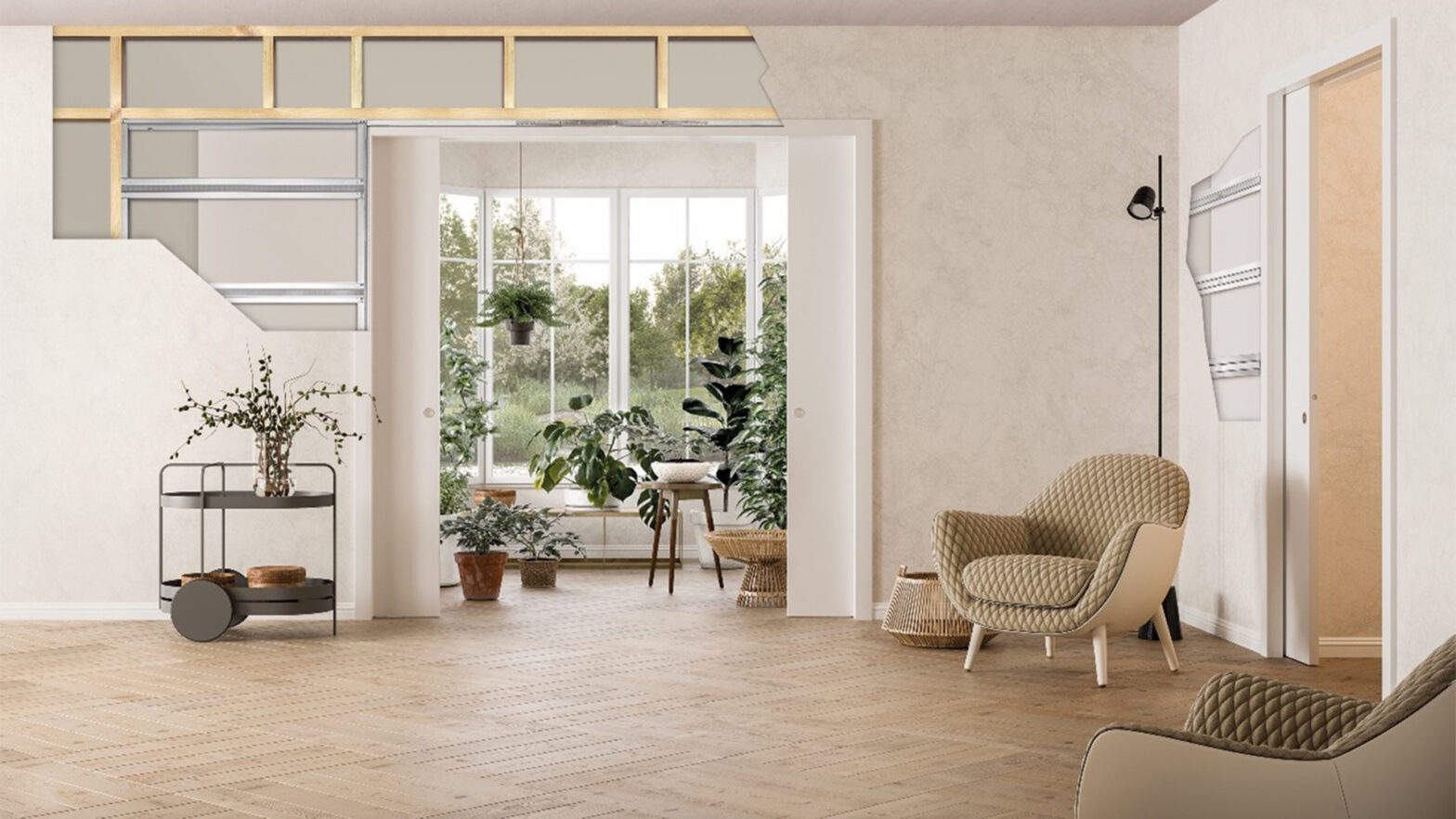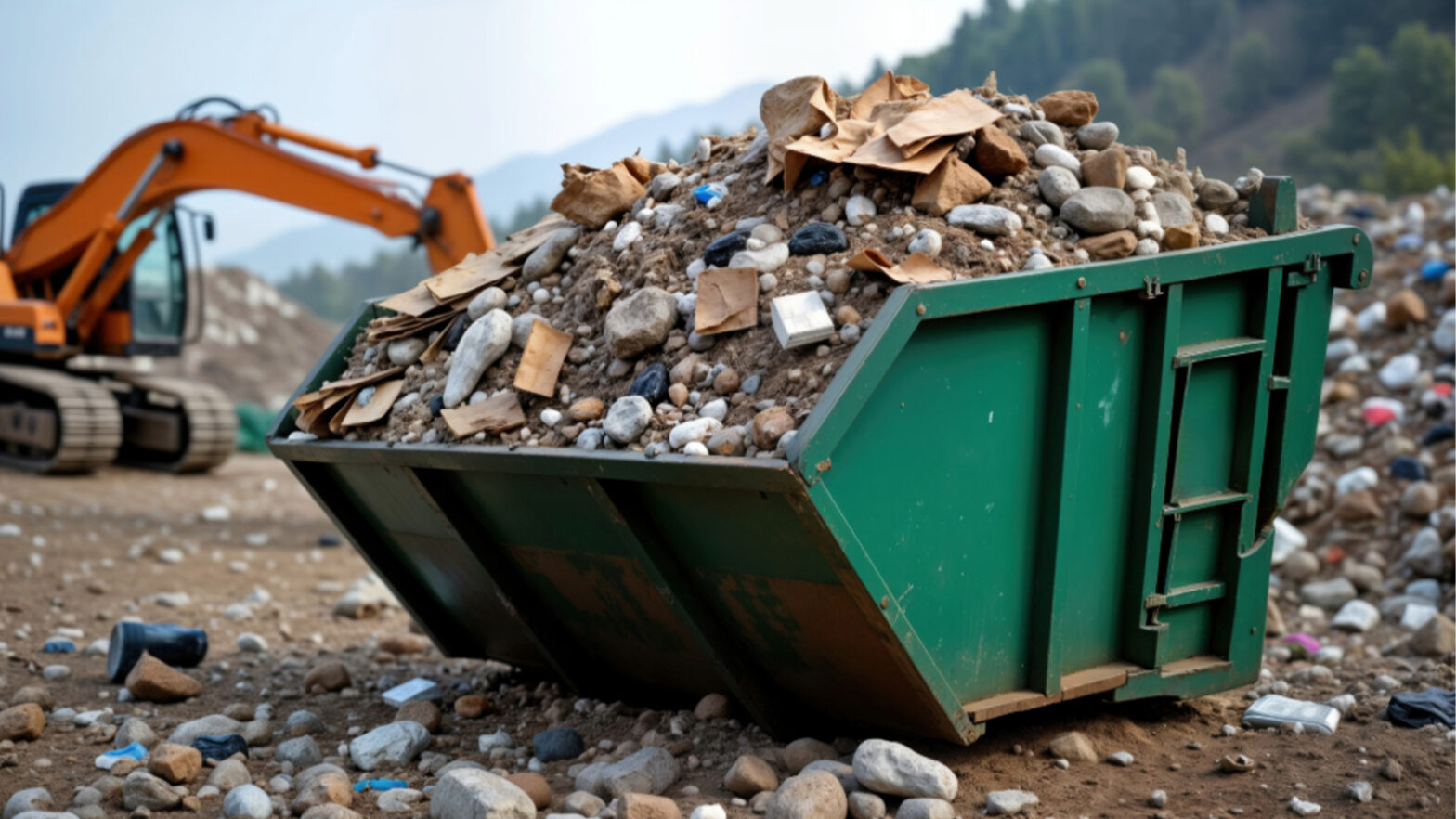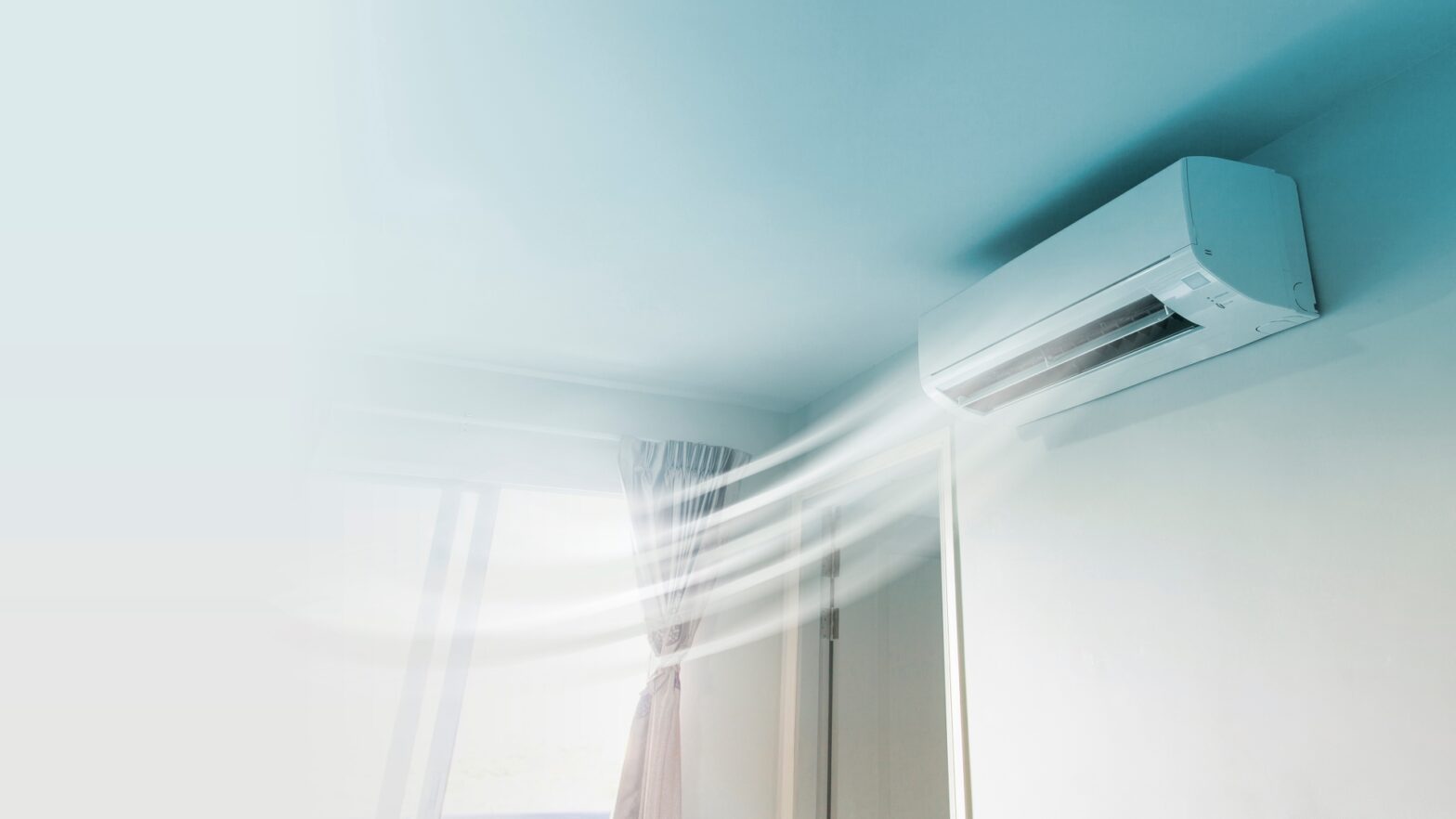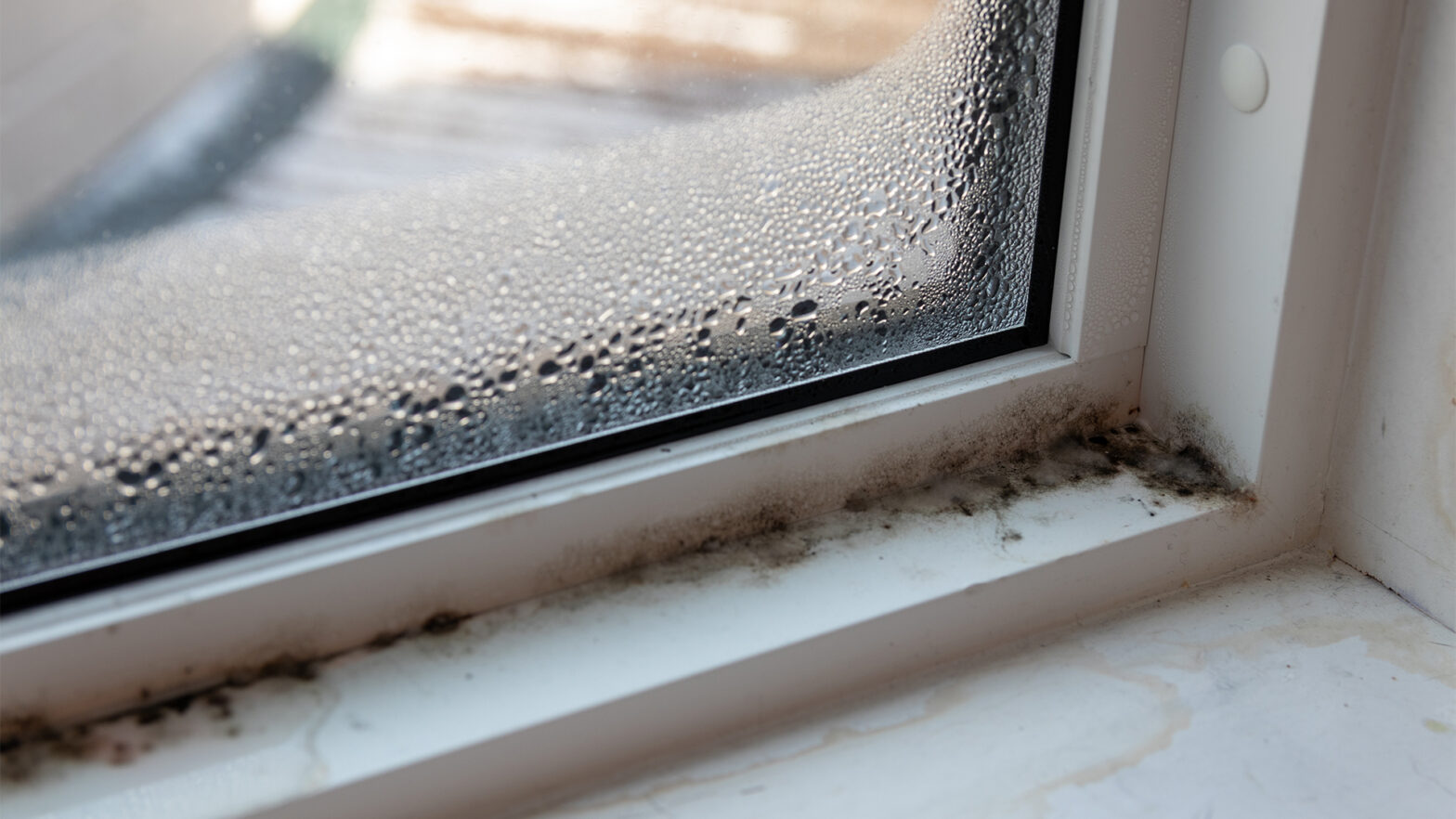Sustainable home building is seeing a significant rise in popularity as environmental concerns become more prominent. Modern homeowners are increasingly looking for ways to minimize their carbon footprint while enhancing their living environment’s health and comfort. By utilizing eco-friendly materials, energy-efficient technologies, and innovative design solutions, the trend towards sustainable homes is transforming the construction industry.
Renewable energy sources
The integration of renewable energy sources in home construction is no longer an option but a necessity. Solar panels, wind turbines, and geothermal systems are becoming staples in new builds and renovations alike. These technologies harness natural energy, which reduces dependence on fossil fuels and lowers utility bills over time. As technology advances, these renewable resources become more efficient and accessible, making them viable options for many homeowners.
For instance, solar panels have revolutionized the way we think about energy consumption at home. They convert sunlight directly into electricity, providing a clean, renewable source of power. The decreasing cost of solar panel installation and increased efficiency make it an appealing option for many households. Though less common than solar, small wind turbines can also be installed on properties with sufficient space and optimal wind conditions. Wind energy provides a continual power supply, contributing further to household energy independence.
Eco-friendly materials
Building a sustainable home goes beyond energy; it also involves making smart decisions about the materials used. The shift from traditional building materials to those that have a lower environmental impact is changing the face of home construction. Recycled glass, metal, and plastic are now commonly used for insulation, roofing, and flooring. These recycled materials not only reduce waste but also require less energy to produce compared to new ones.
Bamboo, cork, and wool are among the top choices for natural, renewable materials. These substances are biodegradable, non-toxic, and often harvested through environmentally friendly methods. Using such materials drastically reduces indoor air pollutants and enhances the house’s aesthetic appeal. Even when choosing your leather sofa fabric you can opt for sustainable providers.
Smart home technology
Advancements in smart home technology offer considerable benefits to sustainable living. Systems designed to optimize energy use contribute significantly to reducing a home’s environmental impact. Smart thermostats, energy-efficient lighting, and automated systems ensure minimal energy wastage, while home security systems provide peace of mind without unnecessary power consumption.
Smart devices like thermostatic controls and LED lighting not only save energy but also add convenience. With the ability to monitor and adjust energy use remotely, homeowners can make informed decisions that help mitigate their energy consumption. Advanced irrigation systems, low-flow fixtures, and rainwater harvesting enable homes to make the most of available water resources. These innovations are crucial in areas prone to droughts and serve as proactive steps towards responsible water management.
Green roofs and walls
Green roofs and walls form another exciting facet of sustainable home building, offering both environmental and lifestyle benefits. These installations improve air quality, reduce urban heat island effects, and create visually stunning natural habitats within urban settings. A green roof can dramatically enhance a building’s insulation capabilities, leading to lower heating and cooling costs. Additionally, they play a role in stormwater management, absorbing rainwater and reducing runoff.
Sustainable home building is not just a passing trend but a necessary evolution in the way we approach housing and environmental stewardship. As awareness grows, so does the repertoire of techniques and materials available to builders and homeowners aspiring to a greener future. Incorporating renewable energy, eco-friendly materials, smart home technologies, water-saving systems, and green roofs brings us closer to achieving truly sustainable living spaces.












